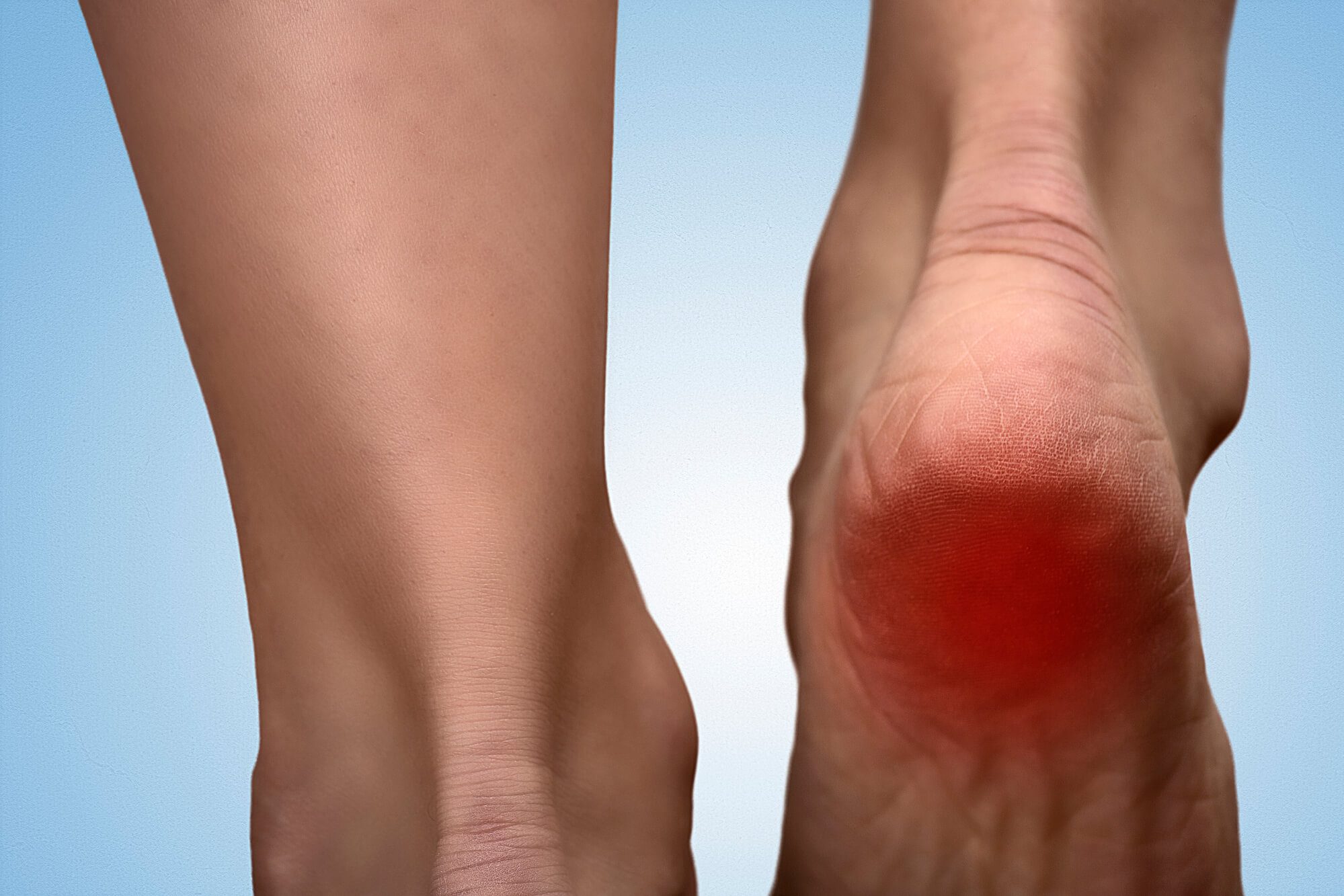What Causes Plantar Fasciitis to Flare Up?
Plantar fasciitis is a common foot condition that causes pain in the heel and bottom of the foot. It is estimated that about 2 million people in the United States seek treatment for plantar fasciitis each year. Plantar fasciitis can become a chronic condition that significantly impacts an individual's quality of life if left untreated. This article will explore the causes of plantar fasciitis flare-ups and discuss treatment options and prevention strategies.
What is Plantar Fasciitis?
The plantar fascia is a thick ligament that runs along the bottom of the foot, connecting the heel bone to the toes. It supports the arch of the foot and helps with shock absorption when we walk or run. Plantar fasciitis occurs when the plantar fascia becomes inflamed, often due to overuse or strain.
The most common symptoms of plantar fasciitis are pain and stiffness in the heel and bottom of the foot, especially when first getting out of bed in the morning or after long periods of sitting. The pain may also be felt when standing for long periods or after engaging in physical activity. Some people with plantar fasciitis describe the pain as a stabbing or burning sensation.

Risk Factors for Developing Plantar Fasciitis
Several factors may increase an individual's risk of developing plantar fasciitis. These include:
- Age: Plantar fasciitis is more common in people over 40, as the plantar fascia becomes less flexible with age.
- Weight: Carrying excess weight puts extra pressure on the feet, which can lead to plantar fasciitis.
- Foot structure: People with flat feet or high arches may be more prone to developing plantar fasciitis due to how weight is distributed when standing and walking.
- Occupation: Certain occupations that involve standing or walking on hard surfaces for long periods, such as factory workers or teachers, may increase the risk of developing plantar fasciitis.
- Physical activity level: Participating in activities that put a lot of strain on the feet, such as running or dancing, may increase the risk of developing plantar fasciitis.

Exercises and Activities that May Increase the Risk of Plantar Fasciitis
In addition to the occupations and physical activities mentioned above, the following exercises and activities may also increase the risk of developing plantar fasciitis:
Treatment Options for Plantar Fasciitis
If you suspect that you have plantar fasciitis, it is important to seek treatment as soon as possible to prevent the condition from becoming chronic. Treatment options for plantar fasciitis may include:
Rest and Ice
Resting and icing the affected area can help reduce pain and inflammation. It is important to take breaks and avoid activities that put a strain on the feet.
Stretching Exercises
Stretching exercises can help alleviate pain and improve flexibility in the muscles and ligaments of the foot, which can help prevent plantar fasciitis flare-ups. Some stretches that may be recommended by a healthcare provider or physical therapist include:
- Toe stretches: Toe stretches can be done by sitting in a chair and using your hands to pull your toes up and back toward your shin gently. Hold the stretch for 20-30 seconds and repeat a few times.
- Towel stretches: Towel stretches can be done by placing a small towel under the ball of your foot and gently pulling the towel toward your body until you feel a stretch in the arch of your foot. Hold the stretch for 20-30 seconds and repeat a few times.
- Calf stretches: Calf stretches can be done by standing facing a wall and placing your hands on the wall for support. Step back with one foot and bend the front knee, keeping the back leg straight and the heel on the ground. Hold the stretch for 20-30 seconds and repeat a few times on each leg.
- Achilles tendon stretches: Achilles tendon stretches can be done by standing with your feet hip-width apart, slowly rising up onto your toes, then slowly lowering back down. Repeat this motion a few times.
It is important to stretch slowly and gently, and to stop if you feel any pain. It may be helpful to start with shorter stretches and gradually increase the duration as your flexibility improves. It is also important to stretch both sides of the body evenly to maintain balance.

Orthotic Inserts
Orthotic inserts are special insoles that can be worn in your shoes to provide arch support and help alleviate pain associated with plantar fasciitis. Your podiatrist may recommend orthotic inserts, or you may be able to find them over the counter at a pharmacy or sporting goods store.
Physical Therapy
A physical therapist can teach you stretches and exercises to help strengthen and stretch the muscles and ligaments in your feet, which can help alleviate pain associated with plantar fasciitis.
Medications
Your healthcare provider may recommend over-the-counter or prescription pain medications to help manage the pain associated with plantar fasciitis.
Injection Therapy
In some cases, a corticosteroid injection may be recommended to help reduce inflammation and alleviate pain.
Surgery
In rare cases, surgery may be necessary to release the plantar fascia or remove any bone spurs causing pain. This is typically only recommended if other treatment options have been unsuccessful.

Preventing Plantar Fasciitis Flare-Ups
You can take several steps to prevent plantar fasciitis flare-ups or reduce the risk of developing the condition in the first place. These include:
Wearing Proper Footwear
Wearing shoes that provide adequate arch support and cushioning can help reduce strain on the plantar fascia and prevent plantar fasciitis. Avoid wearing shoes with little or no arch support or shoes that are too tight or too loose.
Stretching Before Physical Activity
Taking a few minutes to stretch your calves and the bottom of your foot before engaging in physical activity can help reduce the risk of plantar fasciitis.
Maintaining a Healthy Weight
Carrying excess weight puts extra pressure on the feet, which can lead to plantar fasciitis. Maintaining a healthy weight through diet and exercise can help reduce the risk of developing the condition.
Taking Regular Breaks During Prolonged Periods of Standing or Walking
If you stand or walk for long periods for work or other activities, take regular breaks to give your feet a rest and stretch your calves and the bottom of your foot.
Seeking Treatment Early On
Don't wait to seek treatment if you experience pain or discomfort in the heel or bottom of your foot. The sooner you receive treatment, the easier it will be to manage the condition and prevent it from becoming chronic.
Conclusion
Plantar fasciitis can be a painful and debilitating condition, but it can be managed and prevented with the right measures. It is important to identify and address risk factors and to seek treatment as soon as symptoms appear. If you are experiencing heel pain or discomfort in the bottom of your foot, consider consulting with a podiatrist or other healthcare professional for an accurate diagnosis and treatment plan. You can manage and prevent plantar fasciitis flare-ups with proper care and attention and enjoy a healthy, active lifestyle.

